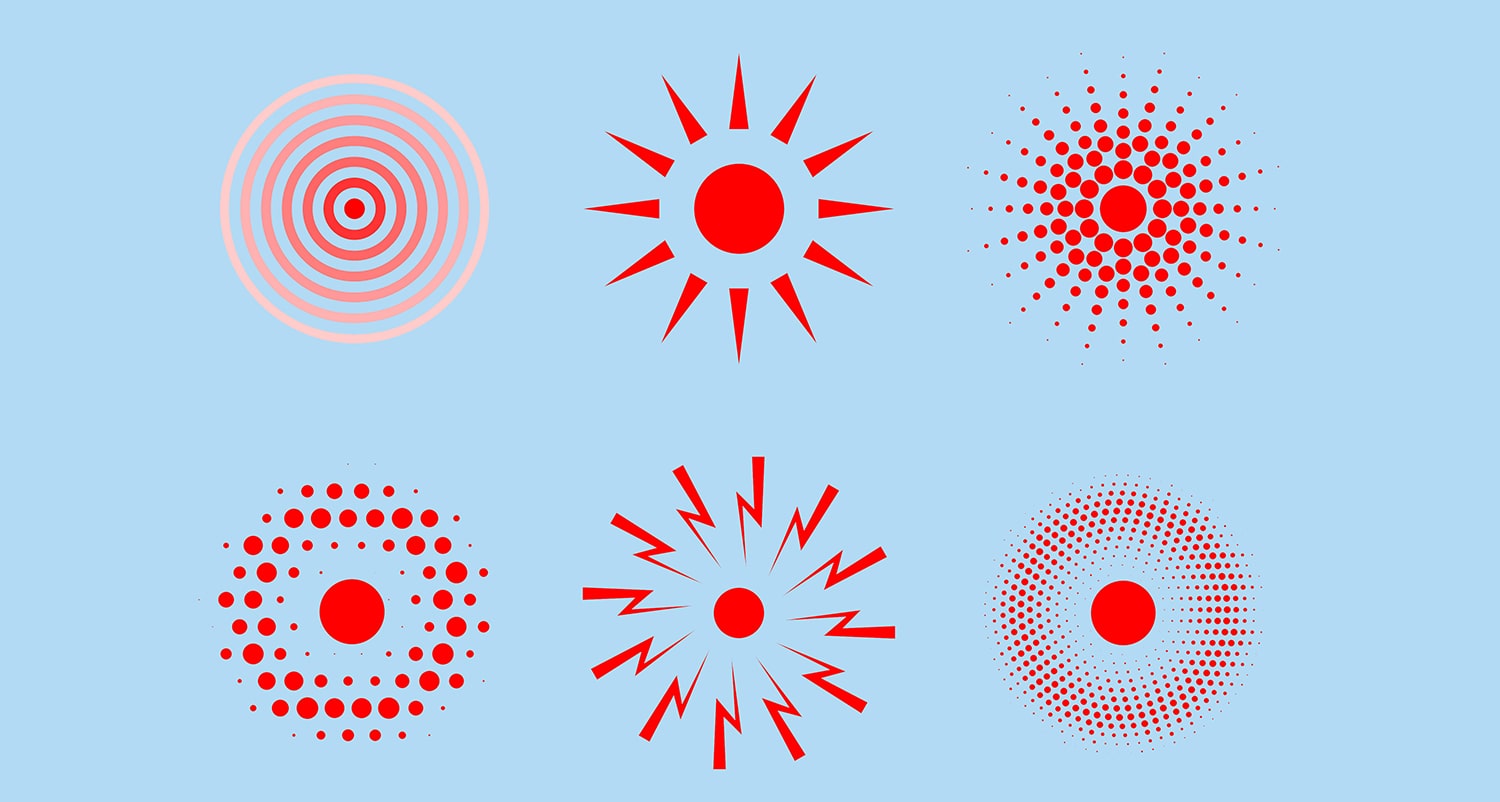Pain is a common symptom and side effect of cancer and its treatments. Opioids are a known effective option for managing this pain. But with the United States in the midst of an opioid epidemic, some patients may question whether opioids should be used to treat their pain or whether it would be better to look for other options.
The World Health Organization (WHO) recommends a three-step ladder to treat cancer-related pain. For light pain, the first stage of treatment should be a non-opioid option. Choices range from drugs like acetaminophen and corticosteroids to nondrug options such as massage and physical therapy.
“There are a number of options for mild pain” other than opioids, says Janette Vardy, a medical oncologist and a clinical researcher at the University of Sydney’s Concord Cancer Centre in Australia. “But patients with stronger pain and progressive cancer are very likely to require opioids.”
The first step, says Ebtesam Ahmed, a clinical pharmacist at St. John’s University College of Pharmacy and Health Sciences in New York City, is for “patients to establish the [origin and cause] of their pain with their provider, because there are different treatment options specific to each type [of pain].” Ahmed says treatment will also be determined by whether the patient has acute pain due to a recent treatment, or chronic pain caused by metastases.
Pain specialists speak of two broad categories of pain: nociceptive and neuropathic. Nociceptive pain starts in the pain receptors in tissue and results from tissue damage. It can often be treated with analgesics such as corticosteroids, sometimes in combination with physical therapy. Among cancer patients, it might be caused by a tumor that is pushing up against an organ or other parts of the body. Cancer that has spread to the bones can be another cause of nociceptive pain. In these patients, bisphosphonates, drugs used to prevent and treat bone loss, have been shown to reduce both pain and the number and size of bone metastases. Another option for bone pain is treating patients with corticosteroids along with radiation at the sites of metastases.
Neuropathic pain stems from damage to the nervous system, which could be caused by a tumor pressing against a nerve. It can be treated with NSAIDs, antidepressants and anticonvulsants, which inhibit the excessive pain signals transmitted by damaged nerves.
The second step of treatment, according to WHO guidelines, is a mild opioid, such as codeine. If the pain grows more severe, the third step should be a strong opioid, like morphine. “Many patients have trouble accepting opioid therapy due to the stigma of substance use disorder and associated withdrawal,” says Ahmed. But “there is no valid or conclusive evidence that patients should be avoiding opioids.” With “proper education,” patients should be able to receive treatment without problems, she adds.
Cancer Today magazine is free to cancer patients, survivors and caregivers who live in the U.S. Subscribe here to receive four issues per year.





